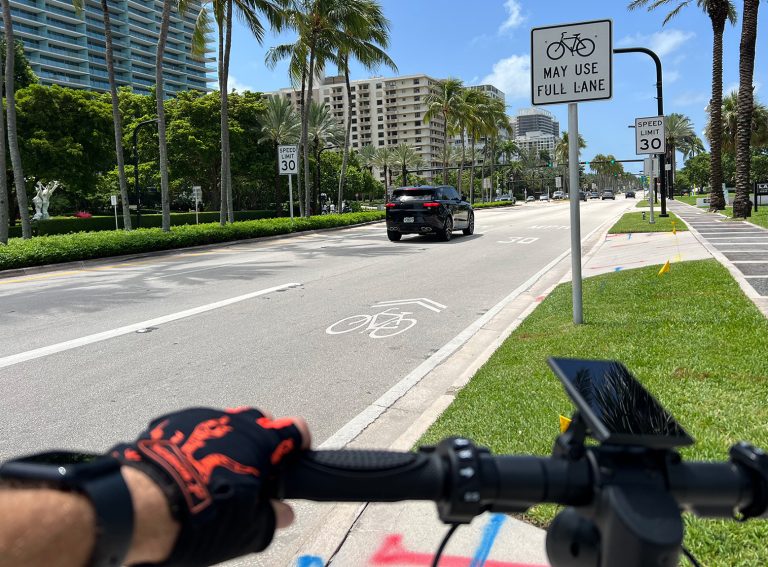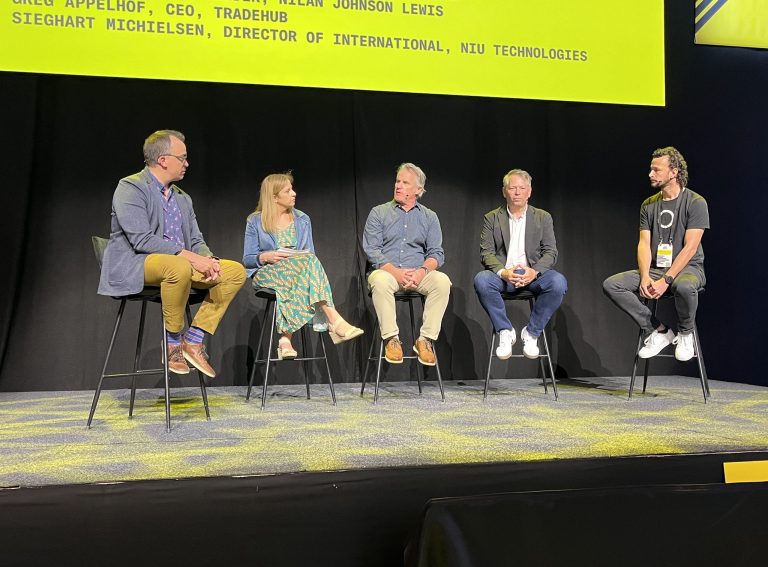Author: Jessica Hall, Head of Public Policy, UK, Tier
Micro-mobility has something of a gender issue. While the benefits of active, sustainable travel options are open to everyone, most research puts the percentage of male shared e-scooter and e-bike riders around 70%, meaning that men are disproportionately reaping the rewards of micromobility compared to women.
It is crucial that we unpack the factors behind this uneven split so we can work towards more equitable access to micromobility. There are a wide array of reasons for this, but at its core, a lot of the issues arise from shared, dockless micromobility services being largely designed by men and therefore better supporting the travel habits of the average man, vs the average woman.
We have seen in our own research just how different the travelling habits of men and women are. Men tend to make more a-to-b trips whereas journeys made by women tend to have more stops in them. For example, dropping a child off at school or stopping by the shops on the way home. The reasons for these differences come with their own societal history, and will potentially change over time, but today micromobility services better suit how men travel.
Safety
Another major barrier for women to take up e-scooting centres around safety. As borne out in research, men and women have different appetites for risk. Anecdotally, very often when I speak to women about cycling or scooting their response is something along the lines of ‘oh I couldn’t do that, it is way too dangerous’. Men, through the way they are raised as well as some biological factors, are more likely to be comfortable with riding on urban roads and are also more likely to consider themselves proficient e-scooter riders even if they haven’t ridden one before!
It is important to say here that issues around safety are not exclusive to e-scooter or shared micromobility. For example, men take twice as many journeys by bike in London and on average travel twice as far. This points towards issues in the urban environment which will require a combined effort from more than just operators and service providers.
Vehicle design
Finally, there are issues inherent in vehicle design. The majority of people working in e-scooter and e-bike design are men, and as the excellent book ‘The Invisible Women’ by Caroline Criado-Perez makes very clear, product design very often totally excludes women from their core dataset.
As such e-scooters can be difficult for women to use as the handlebars are too tall and chunky and in many cases, e-scooters don’t offer any way to carry a bag or cargo. Women are also more likely to carry a handbag, which can be awkward to carry on the shoulder when riding an e-scooter.
What needs to be done to make micromobility more appealing to women?
The issues are no secret, and there are things that we are already doing to improve the accessibility of shared micromobility services to women, and more actions that will take some time to take hold and bear fruit.
There are some smaller steps we are taking, for example, even something small like the bag hook on our new TIER 6 e-scooters can make a big difference to the approachability of micromobility.
We are also constantly working on increasing how safe women feel while riding is something that we are continually working on. We have a number of partners who create safety tech like our female-founded helmet partner Electric Scooter Heads which offers light-up helmets for improved visibility.
We run e-scooter training sessions regularly with BikeWorks, giving women an opportunity to familiarise themselves with e-scooters and to receive some basic training and riding tips before heading out on the road. We have also worked with organisations like Saheli Hub to support women-led initiatives, in Saheli Hub’s case, we have provided e-bikes for their team of trainers to get some experience on two wheels in the capital.
Systemic issues
These steps are important, but there are systemic issues that will take longer to solve and which will be very impactful. Top of the list is creating a well-designed, segregated micro-mobility infrastructure where all riders feel safe because they are not needing to navigate busy streets shared with buses, vans, taxis, and cars. This is a must if we want more women to use shared micromobility. Properly signposted, segregated infrastructure also makes using micro-mobility less intimidating as riders can then feel confident that they will get to their destination without any surprise turns onto busy roads.
Finally, but perhaps most importantly, we need to create an environment where more women work in the micromobility industry so that the services and vehicles are designed by a team representing the full audience we want to cater to. This is not just at C-level but also in operations, software design, and hardware design. At present operators and other organisations in the space are heavily male-dominated, and so the male viewpoint is overly represented in decision-making. Representation is key to ensuring services are designed from the outset to include women, rather than making changes after the fact to suit women, which takes much longer to find a workable solution.
Call for action
There are a lot of organisations that are working to address gender disparity. Our partners like BikeWorks are already making a difference. Within the industry, organisations like Women in Mobility are working to challenge some of the male-centric work patterns which make it difficult to include more women across all levels in micro-mobility.
Women deserve to benefit from access to sustainable, convenient, and affordable transport solutions, and unfortunately, that is not currently the case. It will take a broad coalition of organisations, from operators to local and national governments working together to change the tide, but the effort will be well worth it.








